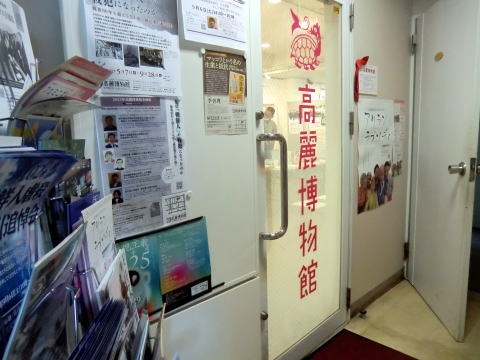
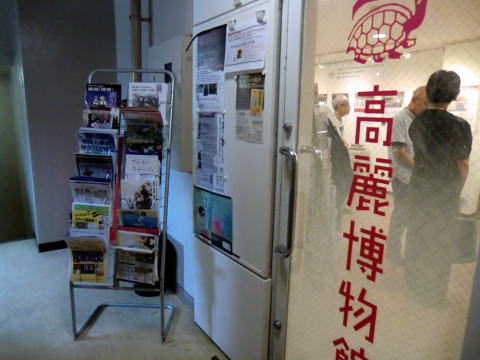
「朝鮮人BC級戦犯の企画展」高麗博物館 新宿区大久保
旧日本軍に動員され、BC級戦犯とされた人たちについて考える企画展。
「なぜ、朝鮮人が戦犯になったか」
旧日本軍に動員されて日本人として裁かれながら、日本政府からは謝罪も補償もなく苦難の中で生きてきた人たちの知るきっかけになって欲しい。
植民地支配下にあった朝鮮の若者が捕虜監視委員の軍属として東南アジアの収容所に送られ、終戦後に十分な審理がないままに「捕虜虐待」の容疑で有罪判決を受け23人が刑死した写真パネル展。
※参考:1952年の日米サンフランシスコ平和条約発効の際、日本政府は朝鮮人の日本国籍を喪失させたため、朝鮮出身の有期刑者は出所しても国籍を理由に日本の援護施策から除外された。当事者は1955年に国家補償と名誉回復を求める団体「同進会」を結成し活動を続けてきたが、日本政府は今なお補償をしていない。
"Special exhibition on
Korean Class B and C war criminals" Korea Museum, Okubo, Shinjuku
A special
exhibition to consider those who were mobilized by the former Japanese military
and were classified as Class B and C war criminals.
"Why
did Koreans become war criminals?"
We hope
that this will be an opportunity for those who were mobilized by the former
Japanese military and tried as Japanese, but lived through hardship without an
apology or compensation from the Japanese government.
A photo
panel exhibition of young Koreans under colonial rule who were sent to camps in
Southeast Asia as military personnel of prisoner monitoring committees, and 23
of them were executed after the war, convicted of "abuse of prisoners of
war" without a proper trial.
*Reference:
When the Japan-US San Francisco Peace Treaty came into effect in 1952,
the Japanese government made Koreans lose their Japanese nationality, so
Korean-origin prisoners were excluded from Japan's support measures even
after they were released because of their nationality.
The
people involved formed an organization called "doshinkai" in 1955,
which seeks national compensation and restoration of honor, and has continued
to work, but the Japanese government has still not provided compensation.

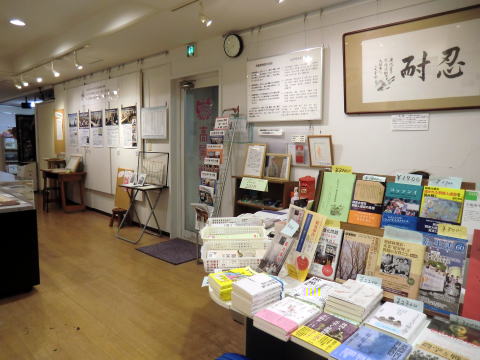
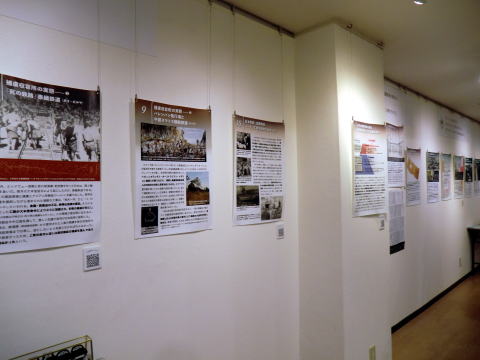
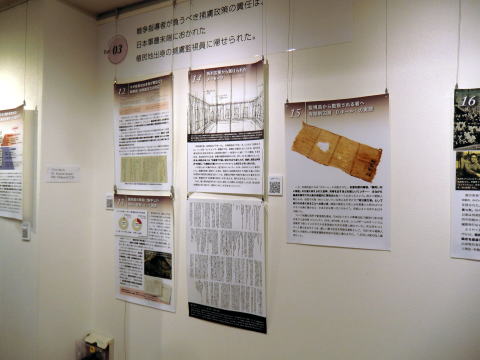
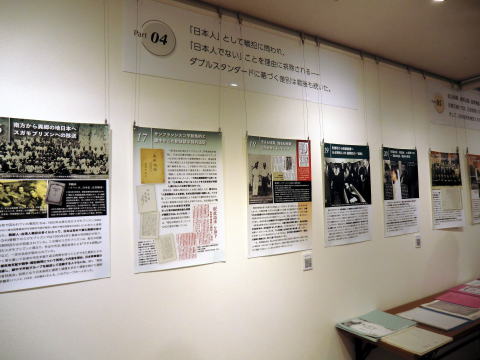

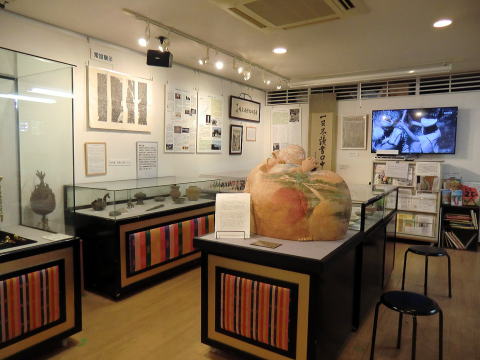
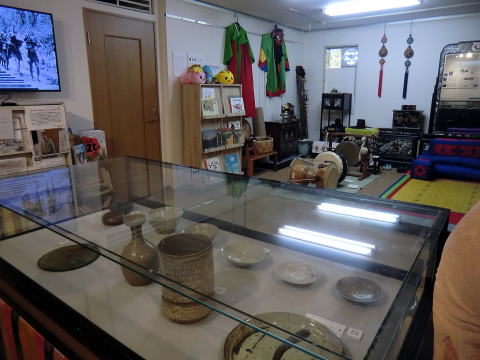
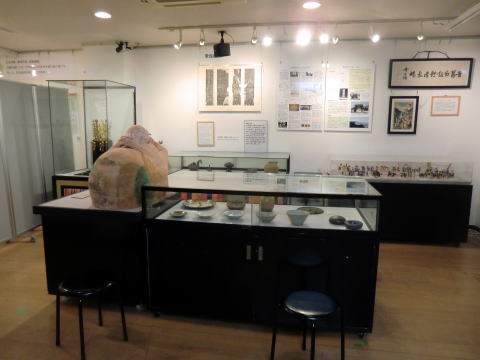
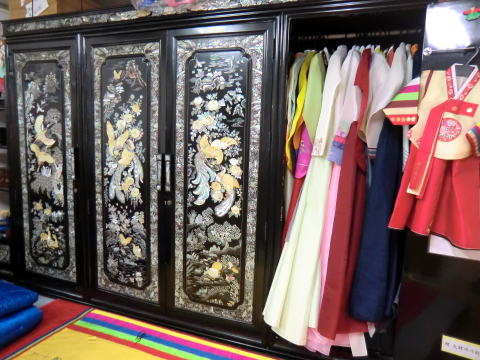

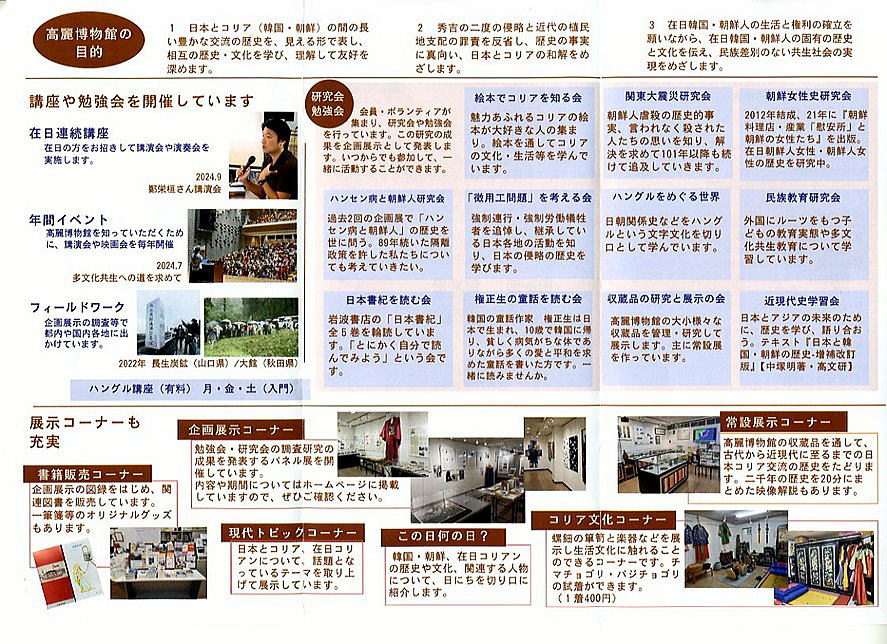

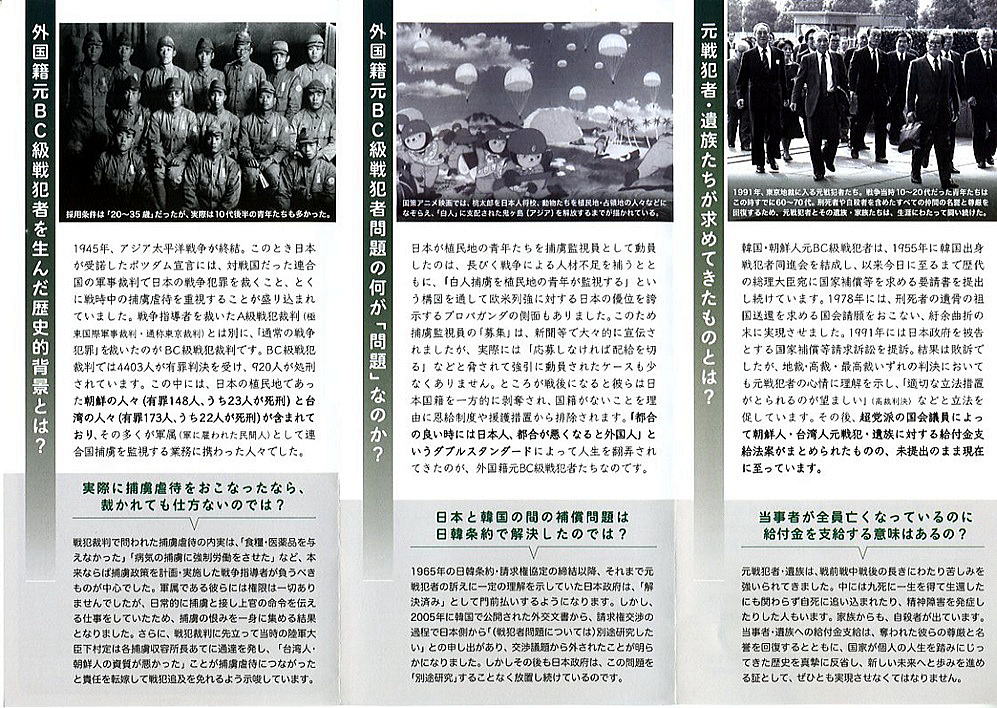
高麗博物館 – 市民がつくる日本・コリア交流の歴史博物館

